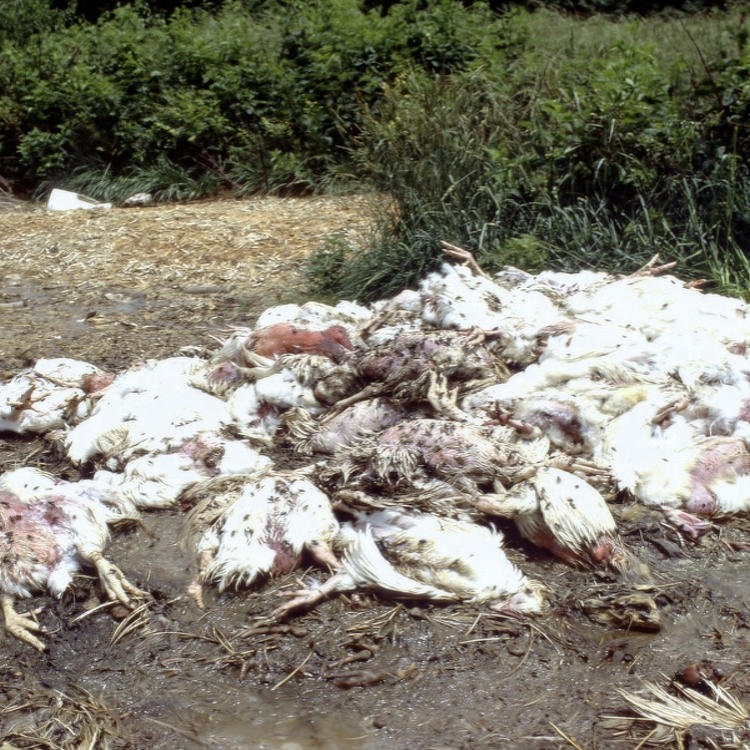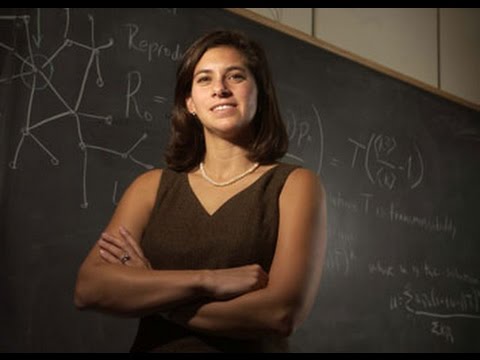
Fighting Deadly Diseases: Strategies for Prediction and Containment
APRIL 7, 2006
Dr. Lauren Ancel Meyers
The University of Texas at Austin
What is the talk about?
Are you concerned about the bird flu? What would happen if a case appeared in the US? Emerging global public health challenges like bird flu and SARS require innovative methods to understand and control the spread of new diseases. Dr. Lauren A. Meyers will discuss how strategies for stopping the spread of deadly diseases can be developed by creating mathematical models of the transmission of diseases. Effective strategies for stopping the spread of deadly diseases involves building a realistic contact network, predicting the spread of disease through the network, and quantifying the impact of intervention. Understanding the frequency of each degree (the number of contacts between people that can lead to disease transmission) in the population and probability that an infected individual will transmit the disease to another individual can aid in predicting epidemics. Dr. Meyers will discuss the theory behind building realistic networks, predicting epidemics, and assessing control strategies such as quarantine, travel restrictions, and vaccinations.
About our presenter

Dr. Lauren Ancel Meyers
Lauren Ancel Meyers is an assistant professor in integrative biology at UT-Austin. She was named as one of the Top 100 Global Innovators under the age of 35 in 2004 in the MIT Technology Review. Recent awards and honors from UT include the 2005-2006 Institute for Cellular and Molecular Biology Fellowship and the 2005 College of Natural Sciences Teaching Excellence Award. Her research involves using a combination of theory, simulation, and microbial experimentation, to work on problems at the interface of evolution and epidemiology. TheLauren Ancel Meyers Research Group applies network theory, agent-based simulation, and other quantitative tools to study the interplay between infectious disease transmission dynamics and the evolution of pathogens. In May 2003, she began collaborating with researchers at the British Columbia Centre for Disease Control to develop mathematical models of the transmission of SARS coronovirus, and to use these models to predict its spread and determine effective interventions strategies in urban settings and hospitals, as well as across larger geographic scales.
Videos & Podcasts
Presentations
Lesson Plans
- Is Your Water Clean? (Middle & High School)
- Where Do We Get Clean Water? (Elementary)
- Microbial Contaminants (High School)
- Drinking Dirty Water (Elementary)
- Get Connected (Middle School)
- Graph This (Middle School)